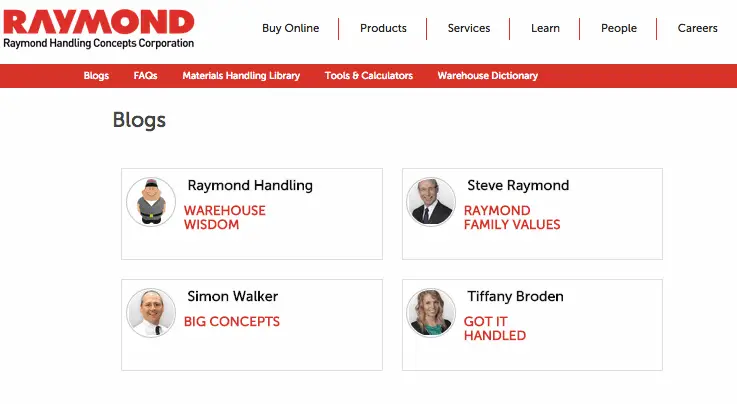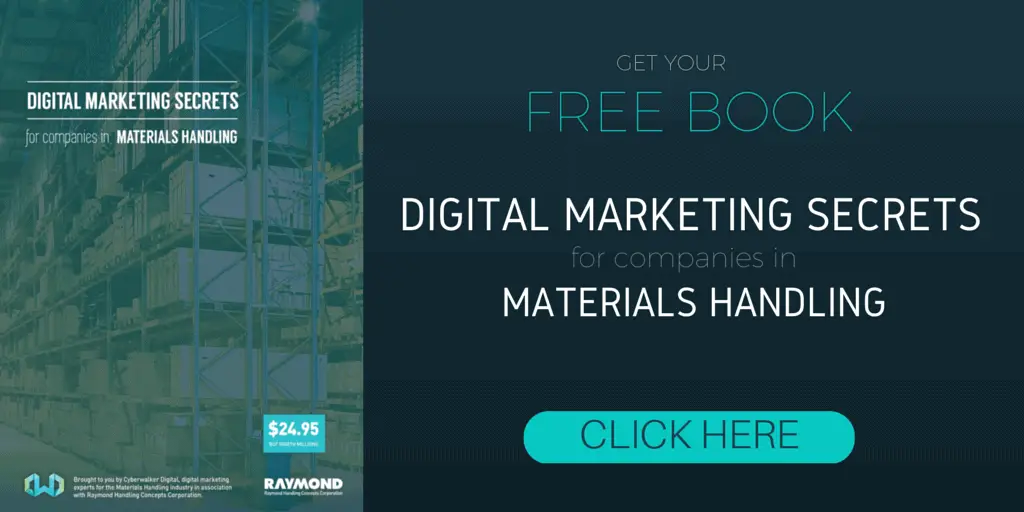On-page optimization is the process by which you edit the content and the source (programming) code of a web page to ensure that a search engine identifies the page with the keywords that you want the page to represent.
When done successfully, on-page optimization will position a page on the front page of a search engine for the keywords optimized for.
It’s not necessarily a difficult process, but it does take a great deal of time. Especially, if there are multiple pages of content that require optimization. And, the more pages you optimize, the more you increase your chances of those pages landing in the top ranks on search engines.
On-page optimization requires some basic knowledge of HTML, which is the technical programming language that makes web pages work. However, you don’t have to be a web guru to learn it. If your site runs on a content management system like WordPress, then your knowledge of HTML can be nominal.
This article will show you how to optimize your materials handling website for search engines. It will also show you examples of how an article on RaymondHandling.com was SEO’d.
How to optimize your materials handling website for search engines:
There are six areas on a web page that can be enhanced and embedded with keywords to optimize that page. They are:
#1:H1 tags: One of the most important places on a page that needs to be optimized with the keywords or the keyword phrase you have selected is the H1 tags. H1 tags are reserved for the biggest and most important headline on a page. Any given page should only have one set of H1 tags. These tags should be wrapped around the headline, which heads the content on a page.
When you write your headline there are important things to keep in mind:
1) The phrase you are optimizing for should appear as far to the left of the headline as possible. Said another way, the keyword phrase should consist of the first part of your headline.
2) The headline needs to be human readable. Anyone reading the page should not have to think that the headline is written in poor English. It should be a perfectly formed phrase that reads naturally. Failure to do so, will produce weird looking web pages that people will hate reading and search engines won’till like. However, this strategy will backfire over time.
#2: Keywords in your web address or URL: Google puts high emphasis on keywords that appear in the web address of your web page. If you have a web developer that manually creates the name of the HTML page make sure those keywords are part of the HTML file name. Each word should be separated with an underscore or a hyphen.
If your company uses a content management system such as WordPress, it automatically turns your headline into the name of your HTML file and this becomes part of your web address or URL.
The URL for the article featured in the previous example (Figure XX) titiled: “Best racking for my warehouse operation”, would be:
http://raymondhandling.com/best-racking-for-my-warehouse-operation
#3 – Body text: When a search engine crawls your page it will look for keywords in the body text on the page. The keyword phrase that you select for this page should appear several times in this text. The rule of thumb is to ensure that it appears at minimum once and preferably 2 to 3 times. One school of thought is that one of these instances should also be bold faced to show the search engines that it is important text for the page.
Watch out for SEO companies that aren’t reputable. They often engage in a practice called keyword stuffing. If the body text contains the keyword phrase too many times it can work against your site. If the Google algorithm detects this is the case, it will penalize you for the behavior.
It’s always a good idea to use synonyms. Google’s algorithm picks up on variations of words.
#4 – IMG tags: <img> tags are an HTML code used to define images embedded in your web pages. This tag tells a web browser where the image file is located on the server, as well as, its height and width and any styling information on how to treat the image on when it is displayed.
An often overlooked parameter in the IMG tag is called ALT. This parameter is used to describe the image in the event that the image can’t be displayed. It is also used by screen readers for the blind to help describe the image.
#5 – Title tag: In the header of your HTML file all pages typically have a tag set called <title></title>. The words between these tags will show up at the top of your browser window. Or, in the case of a browser window with tabs, it will appear as the tab title. Google and Bing play close attention to the contents of this tag so you will want to ensure that your keyword phrase appears as the first few words. One top SEO expert suggests that failure to put your keywords here will guarantee that your website will not rank on Google’s first page of results.
You will also want to ensure that you use no more than 60 characters in this tag. Google ignores anything after 60 characters. So, keep your title tags short and sweet.
The content of your title tags also shows up as the headline used to describe your site listing in Google results. If the title tag is not clear, Google has been known to rewrite it for display results.
#6 – Meta description tag: This tag also appears in the header section of your HTML file. The contents of this tag are used to describe your web site in search engine listings. If this tag is not defined Google will usually take the first 10 to 15 words of the first paragraph of your body text and use that as a description in the search engine listing. You have 160 characters to play with here. Your keyword phrase should appear as close to the beginning of this text as possible.
The killer SEO tactic the experts use: In-linking:
In-linking is perhaps the most important and perhaps the most overlooked technique in SEO. The top experts know the power of in-linking and use it to great effect.
It’s the practice of getting other web sites to link to your web site. This is really important because Google and Bing use these links to calculate the value of your web site and web pages.
A link to your web site from another site is a vote of confidence. You can think of in-linking like this: A link is like a restaurant patron that says they will return to a restaurant. Would you eat at restaurant where one customer provided a recommendation or that 50 customers recommended?
It is important that you spend some time getting third parties to link to your site. This is especially true when it comes to highly competitive keywords.
Here are a few quick methods for generating links:
1. Find similar sites: Search for sites in Google that match keywords you want to be ranked for. Email them and suggest your content. Offer it to the them for use on their site in return for a link back to yours. Or suggest where they can link from their site directly to yours. Obviously competitors won’t link to your content, but others might.
2. Share on social media: Share great articles on social media. People who appreciate the material may link it to their sites or blogs.
3. Business listings: List your site on business listings sites.
4. Press releases: Issue press releases about new products and services to press release services. They will link to your web property. Often search engines will pick this content up and list it.
5. Media coverage: Provide your expertise to media in your industry -– trade publications or blogs or business sites. If you are interviewed, ask for a link to your web site.
6. Link bait: Link bait is content on a web site that is hard to find, provides rare information and that people naturally share. This content will get linked to from other web sites, when it is discovered.







